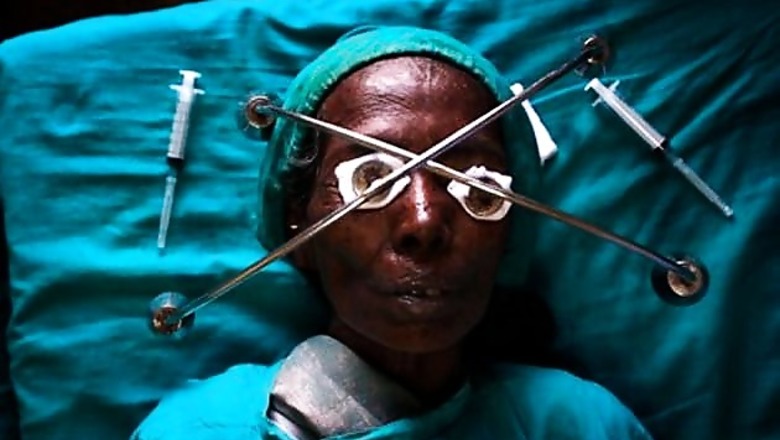
views
London: Having a damaged liver or a problem in your kidney? Soon these serious medical conditions will cease to bother you. Surgeons could shortly use ready-made human body parts to repair injuries or patch up worn out organs of patients, scientists have claimed.
They are perfecting in developing bare "scaffold building blocks" of body parts, which, they said, could be used as a frame for a patient's own cells to grow around.
The technique, which has already been successful in creating a new section of windpipes for patients, involves taking a piece of dead donor or animal body part and removing the soft tissues so just the bare structure is left.
Then, stem cells from the patients can then be placed on the frame and will regrow into a new body part for them, according to the scientists.
Professor John Fisher from The University of Leeds said banks of scaffolds of all kinds of body tissue could be created to facilitate doctors in transplants.
Speaking at the UK National Stem Cell Network Annual Science Meeting in Nottingham, Professor Fisher said that he and his team have been working on to create the scaffolds from dead donors or animals.
He said: "If you take a natural tissue and strip off all of the donor's cells you're left with a biological scaffold made mostly of a protein called collagen, which is compatible with the patient receiving the scaffold.
"That scaffold is good from an engineering perspective because it's strong, flexible and retains the properties of the natural tissue. It also has the appropriate shape and size, and from a biological perspective is good because a patient's cells can bind to it and repopulate it easily."
According to the scientist, the advantage of the method is that the patient will not reject the transplanted tissue as foreign because the scaffold is stripped of all materials that can trigger rejection and the soft tissue is grown from their own stem cells.
It means patients can avoid powerful drugs, which shorten life expectancy and can increase the risk of cancer, he said. According to Prof Fisher, the transplants are also expected to last longer than those in use currently because the technique overcomes the problem of rejection.
He said chemically treated and strengthened prosthetic heart valves from pigs, for example, have been used in human transplants for more than a decade, but the chemical process, which stops them from being rejected by the patient's immune system also leaves them lifeless so they degrade over time and need to be replaced.
"These new biological scaffolds will provide off-the-shelf tissues for surgeons for repairing blood vessels after surgery for blocked arteries, for repairing knee cartilage after sporting injuries and cartilage tears, for repairing torn ligaments or tendons and for heart valve repair or replacement," he added.
Scaffolds derived from human donor tissue are being developed by the NHS Blood & Transplant Tissue Services, while scaffolds developed from animal tissues are being developed and commercialised by Tissue Regenix Group PLC.

















Comments
0 comment